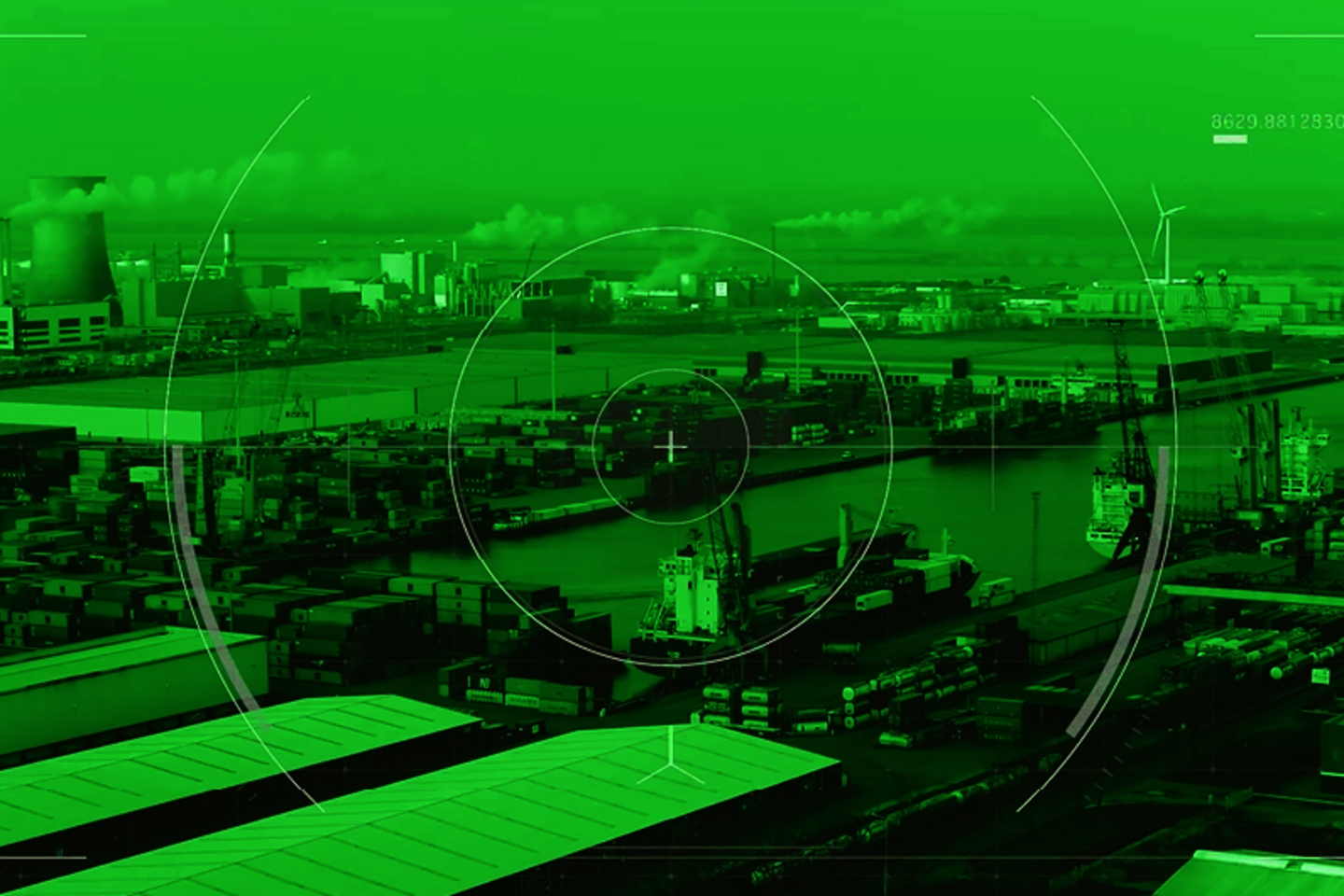
Tracking down smugglers and refugees with ‘smart’ cameras
The Dutch and Flemish police have their hands full dealing with smugglers aiming to get drugs and refugees to England from the ports of Moerdijk and Oostende. Among the resources being used to improve security in these places are ‘smart cameras’. TU/e is playing a major role in their development, using the latest techniques to focus in particular on preventive identification.
Some ten people are sitting huddled on the roadside, their gaze directed at the ground. Standing behind them are police officers and staff of the Royal Netherlands Marechaussee. Scenes like this have lately become more frequent at the port complex of Moerdijk. As various media reported in early September, hundreds of refugees and ‘fortune seekers’, especially Albanians, having been trying to reach England in recent months by stowing away in trucks leaving the sea port. They arrive by train and hide in containers or in the nearby corn field. Trucks and containers are found regularly to contain drugs, and theft is rife. In Oostende, the security of the port complex has become a challenge for the Netherlands' southern neighbors. Here, the many stowaways arriving in vessels on connecting routes from, say, Congo are also heading for England.
Guaranteeing the security of port areas like these is extremely expensive and time-consuming. The secondary effects are similarly costly, like a ruined corn field. The fortune seekers leave trash behind, thus contaminating the crop and ruling out any possibility of harvesting the corn. To improve security and reduce costs various Flemish and Dutch parties have joined forces. Their initiatives have been clustered in the European Interreg project PASSAnT, PlAtform for innovative Security Solutions hArbours & Terminals. The project, which lasts three years and started on January 1st, will be carried out at the ports in Moerdijk and Oostende.
One of these initiatives is the development of a ‘smart tarp’ to seal trucks. Sensors in the tarp register when anyone tries to cut through the material, and immediately raise the alarm at an incident room. In addition, fences and locking systems will be put in place, coupled with intelligent software capable of recognizing when intruders try to sabotage the fencing or climb over it.
At TU/e, staff are working hard on developing sophisticated software for security cameras that can themselves recognize 'suspicious behavior' or when something untoward looks likely to occur.
“Camera surveillance allows you to see that someone has drawn a knife, but we're envisaging a system that itself registers that someone is drawing a knife.” The speaker is Peter de With, TU/e professor at the Video Coding and Architectures (VCA) group. For the past few months his group has been involved with the ports of Oostende and Moerdijk, providing security camera expertise. Assistant lecturer Egor Bondarev, a member of the group, is helping to supervise the current study.
Major logistics centre
The problems at the Dutch port are of a different order from those on the Flemish coast, explains De With. “In Oostende the problem of illegal migrants has been going on for longer. We were originally asked to provide camera surveillance in Moerdijk because thefts were occurring. Since then, stowaways have come into the picture. In Moerdijk there is much more automation. It is a major logistics center. With hardly anybody walking around, there's no one to keep an eye on things.”
So each port requires its own special approach to security. De With: “We offer advice about the types of camera and the locations, provide the software and analyze the images.” Bondarev adds: “To track down stowaways hiding in the corn, you can also work with drones. Surveillance cameras come in all shapes and sizes and you can buy them anywhere, but for the intelligent software they require it's a different story.”
The technical capabilities are ever increasing, and De With even speaks of a revolution in the field of camera surveillance. “Our skills in object detection and recognition are improving all the time. This is something we're addressing in various phases. At the basic level, there's the clarity and ranking of visual images; we take an object-oriented approach to these features. We cluster this information in a multidimensional space of sorts and this allows us to recognize objects in real time. We are now occupied with machine learning and deep learning, in which the algorithms 'learn autonomously' how they should cluster certain data, what information the environment is providing and how everything should be interpreted. By working in this way, computers can recognize behavior and operate preventively. This would include, say, an alarm sounding at the police station when someone pulls out a switchblade not at the later moment when they flick open the blade. You can program the algorithm in such a way that the computer can recognize the two movements and distinguish between them. Regular suppliers often visit Moerdijk. License plates could be entered in the system and if the computer were to register an unknown plate, suspicion would be raised. One of the major advantages is that you don't need people constantly watching the footage.”
Whether machines are just as good and accurate as people is debatable. Bondarev has this to say on the matter: “We can already detect objects in ports, such as ships, with 95 percent accuracy. And we are already recognizing the type of ship with good results. This can be translated to other important objects, like trucks and other vehicles, and to finding people. The detection scores are similar to the accuracy people can achieve.”
Just how well individuals can be tracked is a second issue in terms of reliability. People can do this very well, but a computer system finds it more difficult, because it has to switch between different cameras. De With: “Within the European ITEA project PS-Crimson we are working on tracking people in order to better analyze their route and behavior.” Bondarev adds: “This activity is called human re-identification; we try to follow the same suspicious person from one camera to the next, so that we can watch and assess their behavior in a fluid model.”
De With emphasizes the importance to this activity of building reliable datasets. “Among other things, we can use images showing minor offences as test cases. This gives you representative algorithms. Of course, we sign documents to safeguard the privacy of those who have been filmed.”
In the coming years, the various new technologies will be tested in practice and provide the basis for a set of measures and instruments. These too can be introduced at other ports or at business parks.
Camera surveillance at TU/e
TU/e has been working on projects in the field of surveillance for more than fifteen years. In addition to healthcare and automotive, this is a major focus within the Video Coding and Architectures (VCA) group. Peter de With: “Security involving cameras has expanded greatly, certainly since the terror attacks in New York. And this trend still shows no sign of stopping. Our society is hardly conceivable today without surveillance and the desire for security is stronger than our wish for privacy. Just five years ago there were only eleven cameras installed in Eindhoven, now there are more than a hundred. And it is rumored that the United Kingdom has more cameras than people.” On our own TU/e campus there are currently about 245 cameras - all told both indoors and out, as a call to Safety & Security confirms.
According to De With, the research group at TU/e is one of the few in the Netherlands working long term on the combination of video and surveillance. “There's another good group in Amsterdam, but they are currently focusing on other areas such as building customer profiles and the purchasing behavior of people in stores.”
The TU/e research group has been involved in various projects including those in the field of sport analysis and, in cooperation with the Data Science program and Wageningen University & Research, will soon be exploring the scope for the video security of another special target groups: animals. The aim is to spot ‘unhealthy group behavior’ and to prevent unnecessary wounding.
Project PASSANT is financed under the Interreg V-program between the Netherlands and Flanders (Belgium).

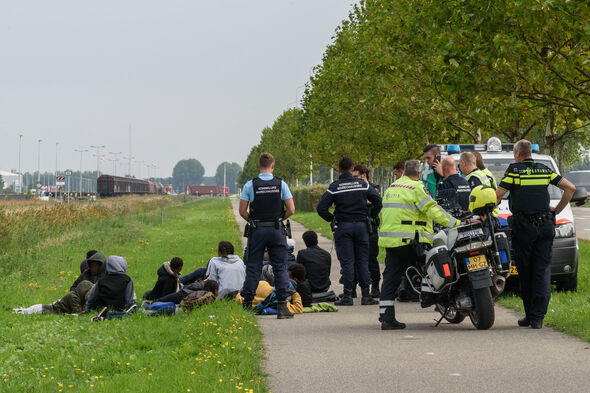
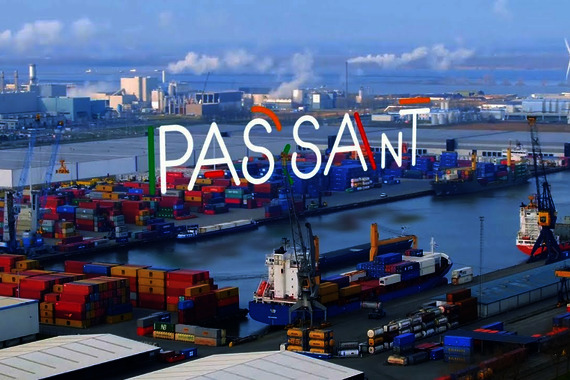
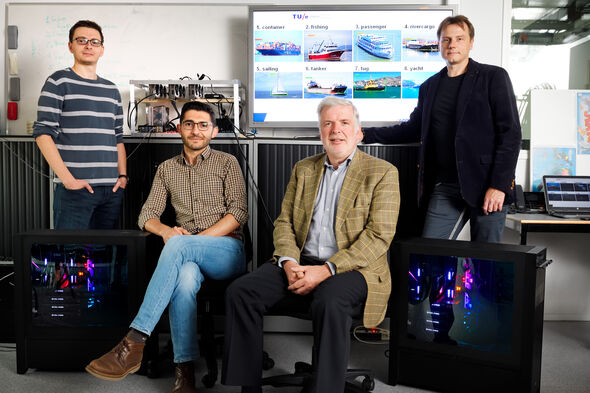
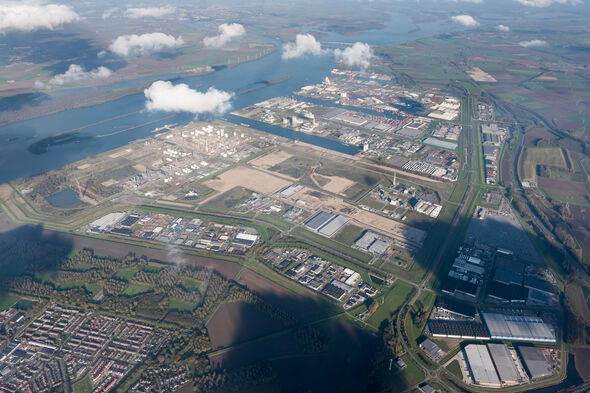
Discussion